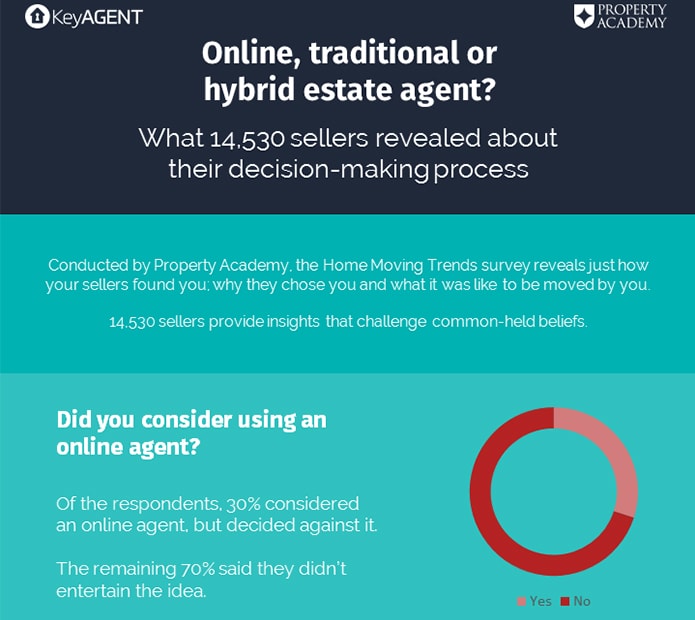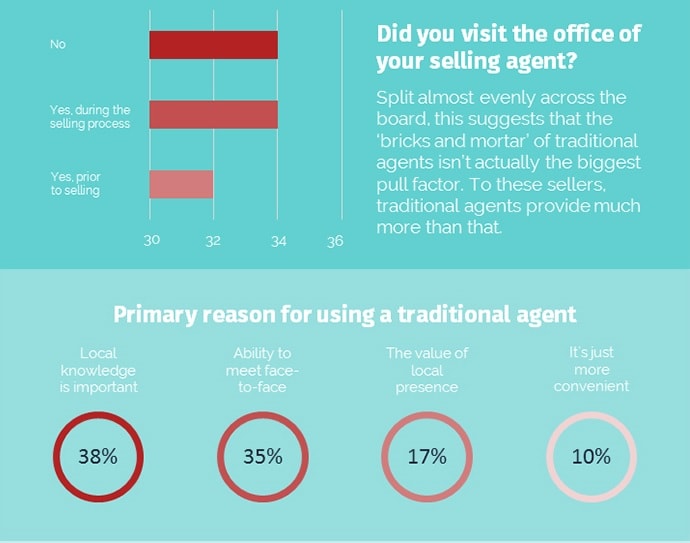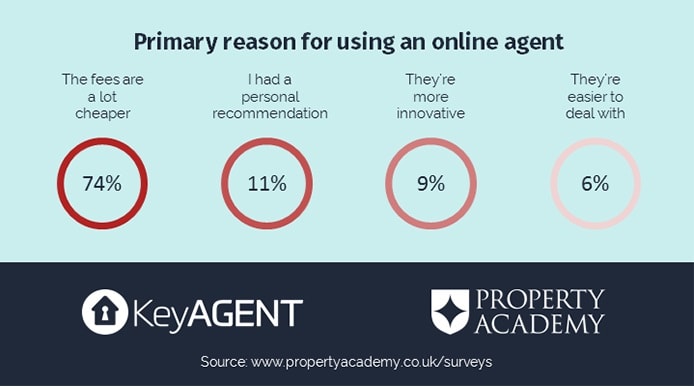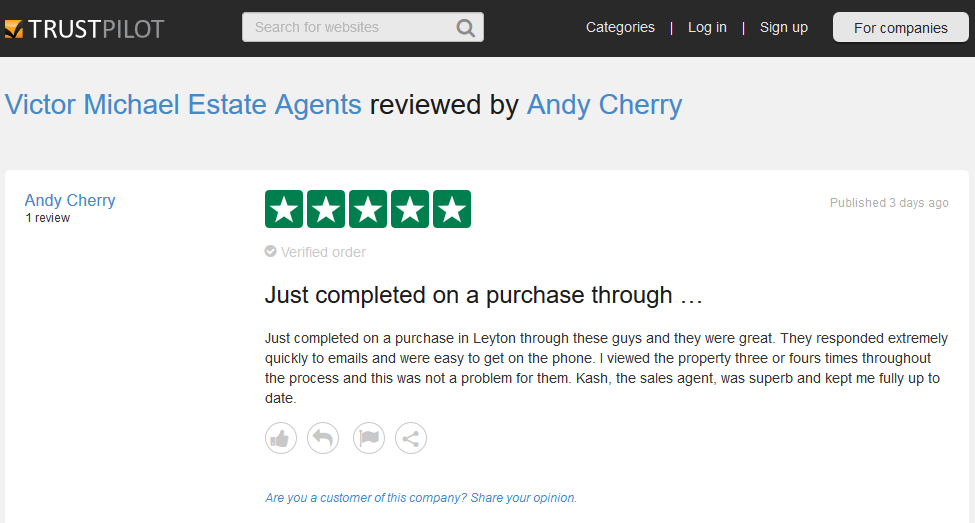The Home (Fitness for Human Habitation) Act 2018 finished its parliamentary journey in December 2018. From 20th of March all social and private landlords, including letting agents, in England will be required to comply.
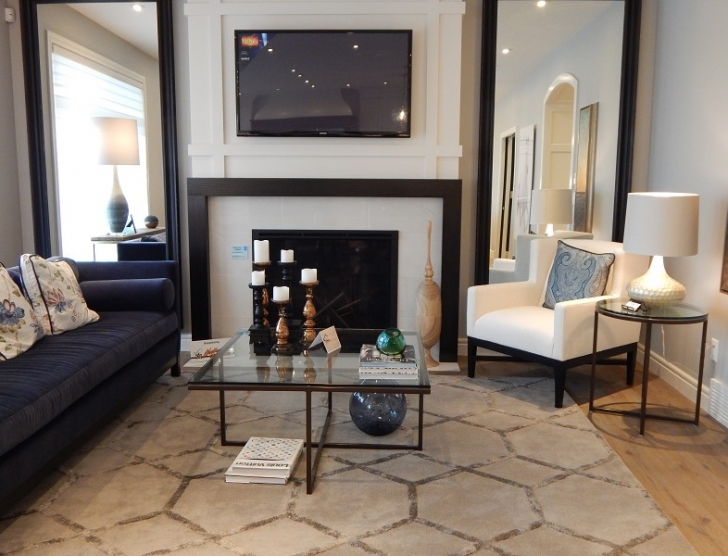
Homes Act comes into force on 20 March 2019
Originally introduced by Karen Buck MP, ARLA Propertymark supported the legislation during its passage through Parliament.
Known as the Homes Act, landlords and letting agents acting on their behalf will be required by law to ensure that a home is fit for human habitation from the beginning and throughout the duration of a tenancy.
If a home is found to be hazardous, and the issue is not resolved, tenants will have the right to take direct legal action in the courts for breach of contract. Certain exemptions apply where the landlord or letting agent will not be held responsible.
We are using the 29 hazards of the Housing Health and Safety Rating System (HHSRS) as a basis to check against hazards in the home. Earlier this month the Government released Guidance on the legislation.
Tenancies
All new or renewed domestic tenancies on or after 20 March 2019 will apply to the new rules. This includes any tenancies that are significantly changed, such as a Change of Sharer.
Existing Fixed-Term Tenancies will fall under the requirements of the Act when they are renewed or become Periodic.
Existing Periodic Tenancies have 12 months until they will need to comply on 20 March 2020.
Commenting on the legislation coming into force, David Cox, ARLA Propertymark Chief Executive: “We’re pleased the Homes Act is coming into force tomorrow and congratulate Karen Buck MP on her work to provide a better private rented sector for all. This new legislation will give renters greater protection against criminal operators and means they will now be able to take direct legal action if their agent or landlord does not comply.”
Further help and information
Homes Fitness for Human Habitation Act – news article
Government Releases Homes Act Guidance – news article
Source: www.arla.co.uk
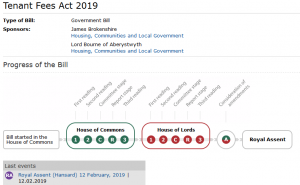
 If you’re one of those shopping for a house soon and you are considering a mortgage, you should carefully analyse a couple of factors before making a decision. The location, the time you are going to spend in your new home (if it is temporary or, hopefully, for the rest of your life), the purpose of the investment (for your own living or if it is a buy to let), and other life circumstances should be considered when choosing a type of mortgage.
If you’re one of those shopping for a house soon and you are considering a mortgage, you should carefully analyse a couple of factors before making a decision. The location, the time you are going to spend in your new home (if it is temporary or, hopefully, for the rest of your life), the purpose of the investment (for your own living or if it is a buy to let), and other life circumstances should be considered when choosing a type of mortgage. The mortgage market also seems to be improving since the number of completed applications for first time buyers is rising. 67% of first time mortgage applications were completed in the first quarter of 2017, up substantially from 48% in the same period of 2016. Intermediaries have eased up the applications because of the struggle to obtain a mortgage that was intensely publicised last year.
The mortgage market also seems to be improving since the number of completed applications for first time buyers is rising. 67% of first time mortgage applications were completed in the first quarter of 2017, up substantially from 48% in the same period of 2016. Intermediaries have eased up the applications because of the struggle to obtain a mortgage that was intensely publicised last year. Buying a home for the first time is one of the biggest decisions you will make.
Buying a home for the first time is one of the biggest decisions you will make.
